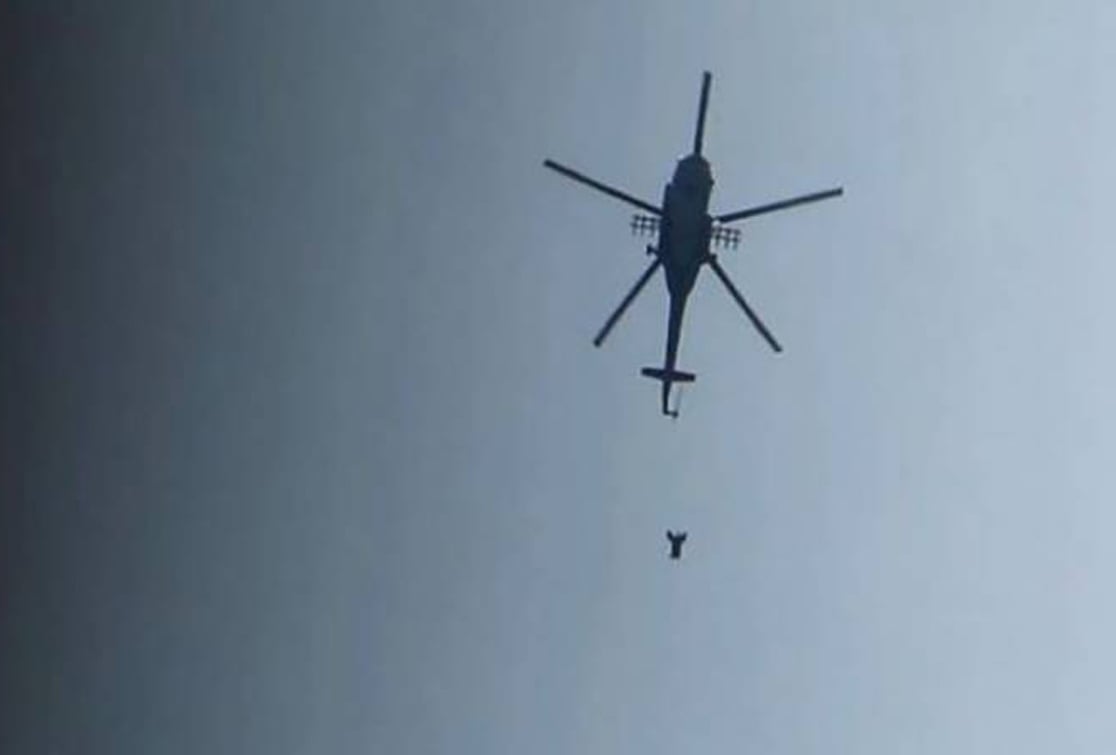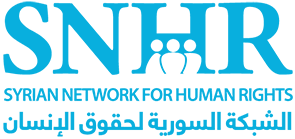
I.Introduction
The fourth round of negotiations was held in Astana city, Kazakhstan’s capital, on 3 and 4 of May 2017. Russian, Turkish, and Iranian representatives attended as the sponsoring states of Ankara Ceasefire Agreement. The three states agreed on establishing four de-escalation zones, wherein the agreement is to commence on May 6, 2017. The agreement outlined four major areas for the de-escalation in Idlib governorate and the surrounding areas (parts of Aleppo, Hama, and Latakia governorates), northern Homs governorate, Eastern Ghouta, and parts of Daraa and al Quneitra governorates in the southern parts of Syria. It was provided that a special committee would accurately assign the borders of said zones at a later date. The agreement provided for a cessation of combat operations, passage of humanitarian aids, and for IDPs to go back to their areas.
Following an extensive round of talks between Russia, USA, and Jordan that commenced in May 2017 in Amman, Jordan’s capital, the American and Russian presidents announced, on the sidelines of the 2017 G20 summit in Hamburg, that a ceasefire agreement has been reached in southwestern Syria – Daraa, Quneitra, and Suwayda governorates. The agreement went into force at 12:00 on Sunday July 9, 2017, and provided for the passage of humanitarian aids in addition to a ceasefire between the conflicting parties (Syrian regime forces and their allies on one side, and armed opposition factions on the other side). Also, the agreement specifies that maintaining security in this region is the Russian forces’ responsibility in coordination with the Americans and Jordanians.
In addition, there have been a number of other local agreements in July and August 2017, such as Eastern Ghouta agreement between armed opposition factions, on one side, and officials from the Russian side, while a similar agreement was struck with the opposition in northern suburbs of Homs. However, the texts of these agreements haven’t been made public on Russian government’s websites, and the same for armed opposition factions who didn’t publicize these agreements, except for Failaq al Rahman who published the text of the agreement on their official website. At the end of the agreement, according to the copy on Failaq al Rahman’s website, a signature by a Russian sponsor was shown but without an explicit name, which was a grave mistake, as apparently all of this helps the sponsoring Russian side to easily dissolve from these agreements with no subsequent political or legal obligations and repercussions.
On Saturday, July 22, 2017, Russian Ministry of Defense announced that a de-escalation agreement has been signed in Eastern Ghouta following a round of talks between Russian military officials, on one side, and Jaish al Islam faction, on the other side, in Egypt’s capital Cairo. The agreement was to come into effect at 12:00 of the same day. On Wednesday, August 16, 2017, a Failaq al Rahman representative and a Russian representative signed an agreement in Geneva city that established Failaq al Rahman’s inclusion in the de-escalation zone in Eastern Ghouta. The agreement was to come into effect at 21:00 of Friday, August 18, 2017.
On Monday, July 31, 2017, another de-escalation agreement was signed in Egypt’s capital Cairo for northern Homs suburbs and southern Hama suburbs following a round of talks between armed opposition factions in the area and the Syrian regime represented by the Russian government as a sponsoring party, as the agreement was to commence at 12:00 on Thursday, August 3, 2017.
Most notably, the two most recent agreements provided for a full cessation of hostilities between the conflicting parties in the relevant areas -with the exclusion of the areas in which ISIS and Hay’at Tahrir al Sham are present- and for humanitarian aids to enter these areas and for detainees to be released as per the demands of each party as to which detainees are to be released.
Despite all of this, breaches haven’t stopped, mainly by the Syrian regime, who is seemingly the party that would be most affected should the ceasefire go on, and in particular extrajudicial killing crimes and, more horrendously, deaths due to torture. This strongly asserts that there is a ceasefire of some sort on the table, but the crimes that the international community -especially the guarantors- won’t see are still going on as nothing had changed.
With the end of the sixth round of talks in the Kazakhstani capital, Astana, which were held over the course of two days (September 14-15, 2017), a de-escalation zone was established in Idlib governorate and the surrounding areas, as military forces were to be deployed (Russian, Turkish, and Iranian) to monitor the agreement, with the passage of humanitarian aids.
On September 19, Syrian-Russian alliance started a heavy offensive against Idlib governorate in response to Hay’at Tahrir al Sham’s “Ya Ebadallah Uthbotou” battle, supported by some opposition faction (The Islamic Turkistani Party, Jaish al Izza, and Jaish al Nukhba), Hay’at. Subsequently, The Syrian-Russian alliance expanded the offensive to include the suburbs of Aleppo and Hama governorates and Eastern Ghouta in Damascus suburbs.
On October 8, 2017, Jaish al Islam, Aknaf Bait al Maqdis, and Jaish al Ababil (armed opposition factions) signed an agreement with a Russian Ministry of Defense representative in the Egyptian capital Cairo. The agreement stated that southern Damascus city would be added to the de-escalation zones, as the agreement was to come into force at 12:00 of October 12, 2017. The agreement provided for a ceasefire in the area, and ensured that the area residents would not be displaced, in addition to the passage of humanitarian aids to the area.
The Kazakhstani Minister of Foreign Affairs read the final statement of the guarantor states (Russia, Turkey, Iran) at the conclusion of the final session of Astana talks’ round 7 that were held on 30th and 31st of October 2017. The guarantor states called on the parties to the conflict in Syria to take steps towards building trust, including releasing detainees and forcibly-disappeared persons, delivering dead bodies, and ensure the passage of humanitarian aids into besieged areas.
In October, Syrian regime forces dropped more than two times the number of barrel bombs dropped in last September. We have recorded that Syrian regime forces continued to drop barrel bombs on Deir Ez-Zour governorate for the second month in a row – 20% of all barrel bombs dropped this month.
Vitaly Churkin, the former Russian representative to the United Nations, said that the Syrian regime has stopped using barrel bombs. However, the daily monitoring and documentation conducted by SNHR prove, beyond any doubt, otherwise as the Syrian regime continues to kill and destroy Syria by dropping hundreds of barrel bombs. In this report, we are going to highlight the incidents in which we documented the use of barrel bombs particularly with place, date, and pictures. This report is a monthly report by SNHR.


